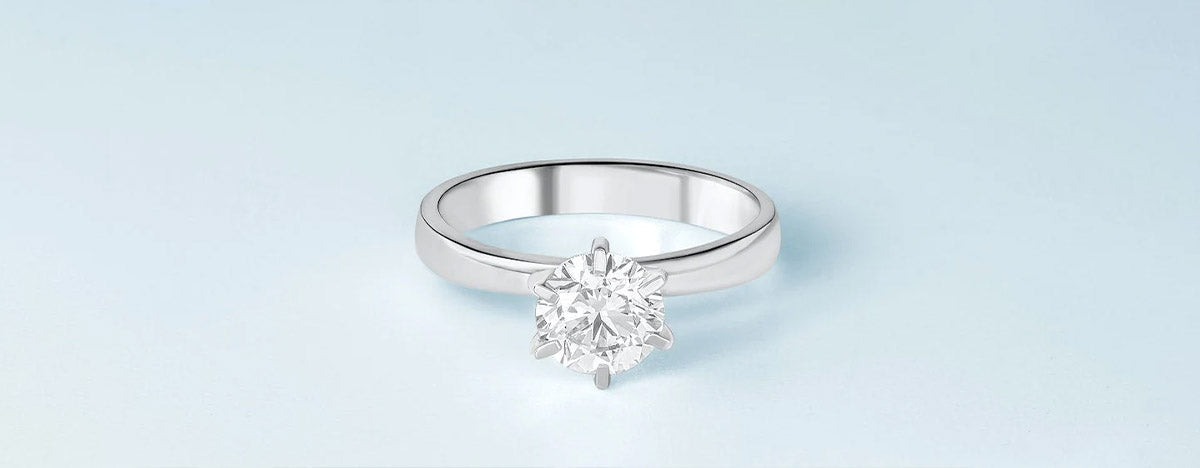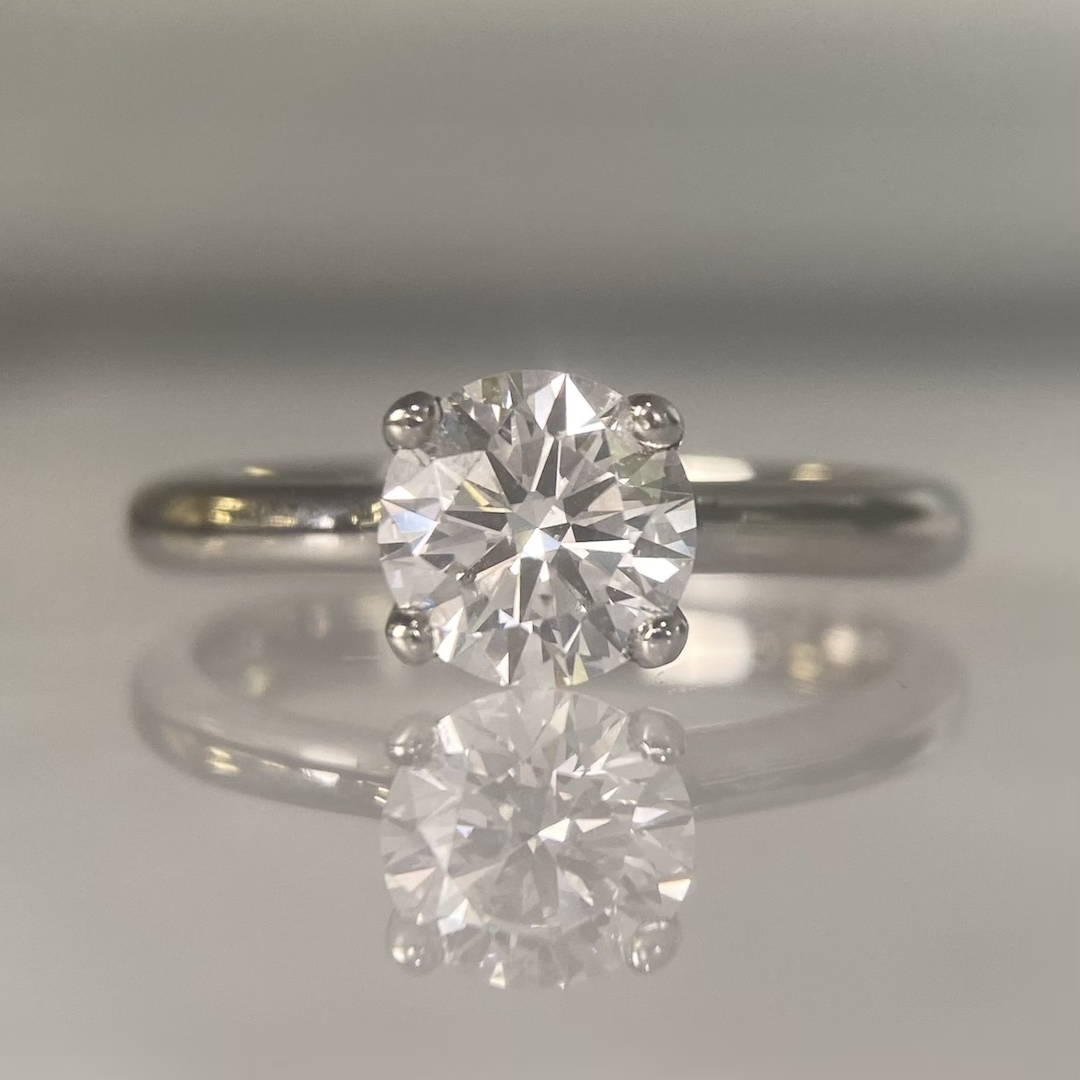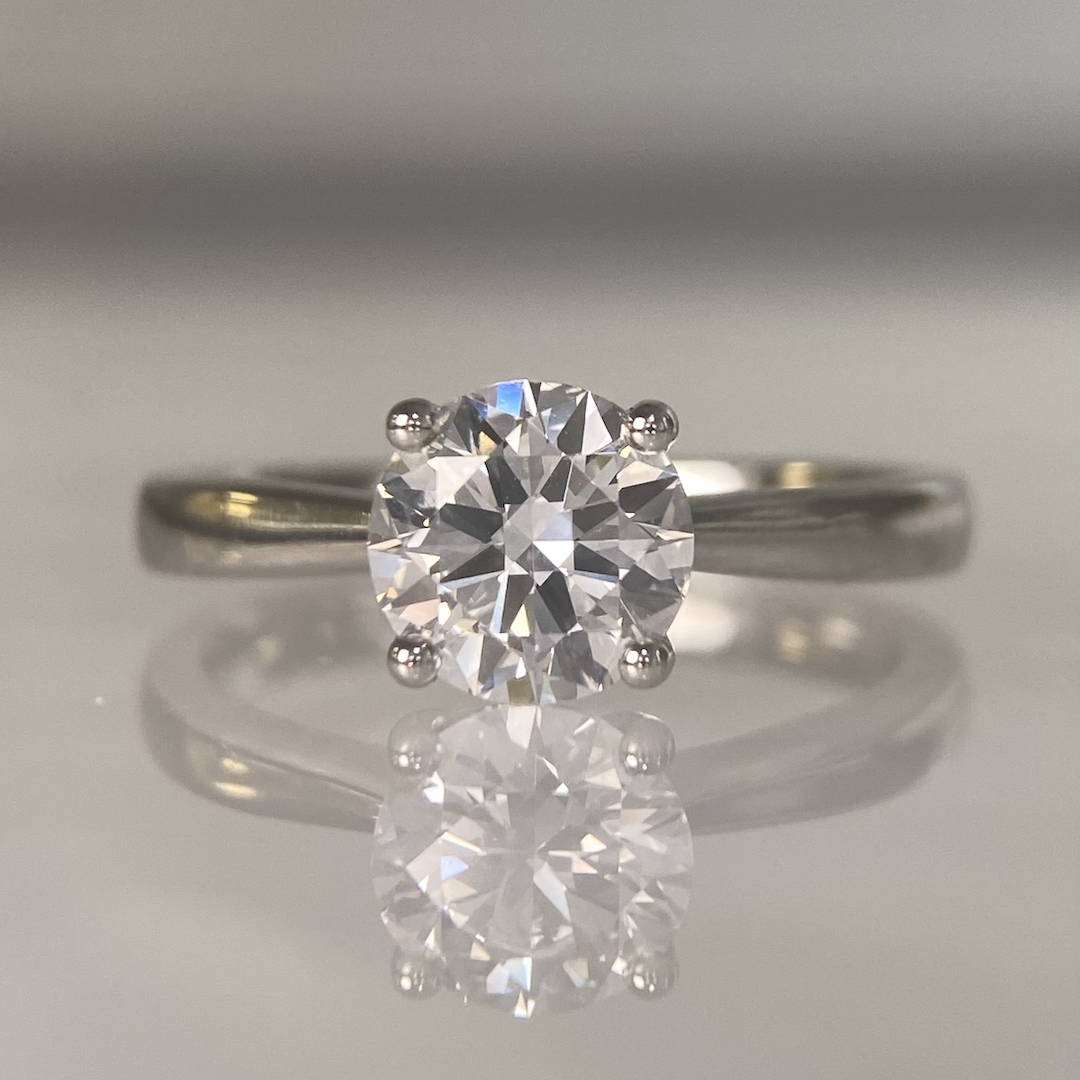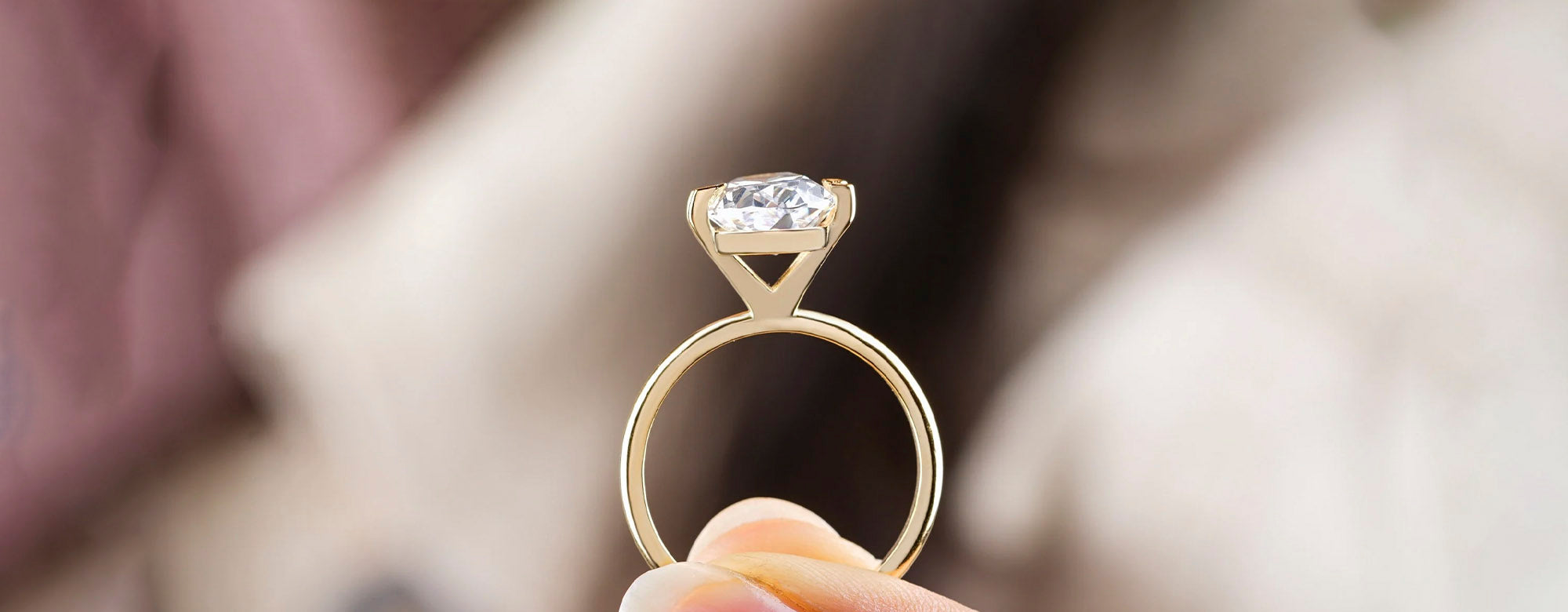
Lab Grown Diamonds vs Natural Diamonds
Lab-grown diamonds are a fairly recent addition to the long and storied history of diamonds, and the diamond market. Since the initial development of the technology used to create lab-grown diamonds about 70 years ago, an increasing number of engagement ring shoppers worldwide have chosen these man-made precious stones over their natural counterparts.
As a result of this boom in popularity, more and more people are asking the all-important question: are lab-grown diamonds real diamonds?
Are lab-grown diamonds real diamonds?
To answer this before we dive deeper into things: yes, lab-grown diamonds are real diamonds. Lab-grown diamonds are identical to mined diamonds in every way, including appearance, the way they refract light, and their physical composition. Diamonds, lab-grown and natural, are the hardest material on earth, and possess the same fiery sparkle and brilliance that makes a diamond such a popular choice for engagement rings.
Furthermore, lab-grown diamonds will always test as diamonds when checked by experts using a diamond tester or any other method. It is possible to check, under extensive analysis, whether a diamond was formed naturally or in a lab, but we'll explore how a diamond expert would perform these checks in more detail below.

A natural round-brilliant diamond

A lab-grown round-brilliant diamond
What Is The Difference Between a Lab-Grown Diamond and a Natural Diamond?
The only difference between a lab-grown diamond and a natural diamond is the way they are formed. It’s impossible to tell a lab-grown diamond apart from a mined diamond just by looking at it – whether you prefer lab-grown or natural diamonds comes purely down to personal preference, and most likely, the understanding most people have that a diamond should formed deep in the earth's core, and then mined, polished, and cut.
Technology has been developed that allows skilled technicians to replicate the diamond creation process in the controlled environment of a laboratory, allowing for ‘on demand’ creation of the precious stones. It’s largely this semi-recent break from tradition that has led to the misconception that lab-grown diamonds are not as ‘real’ as natural diamonds, which in turn has caused some people to be wary of lab-grown diamonds.
Are lab-grown diamonds simulated diamonds?
In a word, no. Popular diamond simulants like moissanite or cubic zirconia, which look like diamonds, are not the same as lab-grown diamonds. Unlike lab-grown diamonds, simulated diamonds are not real diamonds, making 'simulant' the incorrect term to use when referring to a lab-grown diamond.
Simulated diamonds do not refract light the same way as a real diamond, nor do they have the same physical or chemical composition as a real diamond. It’s also typically easy to tell the difference between a simulated diamond like moissanite and a real diamond, for gem experts or anyone who knows what tell-tale attributes to look for.
How are lab-grown diamonds made?
Lab-grown diamonds are created when a tiny carbon seed is exposed to the same extreme heat and temperature conditions found deep within the earth, where diamonds are formed naturally as a result of carbon dioxide being exposed to the same conditions. The result is a diamond, which is created over the course of about 2 months, while natural diamonds can take millions of years to form.
Can You Tell If A Diamond Is Lab-Grown?
Now that we’ve established that a lab-grown diamond is a real diamond, you may be wondering whether anyone, including you, will be able to tell that your lab-grown diamond isn’t a mined diamond.
It is impossible to tell a lab-grown diamond apart from a natural diamond, and there is no difference between the two that is visible to the naked eye. There are some checks that a gemologist can carry out to identify how a diamond was made, but those checks require not only expert knowledge, but specialist equipment. We'll explore some of these checks below.

CHECK 1
Most lab-grown diamonds have a microscopic laser inscription on the girdle, or the widest part of the diamond – natural diamonds do not have this. As a result, this inscription identifies the diamond as lab-grown and also detail the diamond’s reference number. An expert would need to view the diamond under 10x magnification in order to be able to read this inscription, and it remains invisible to the naked eye.
But not all lab-grown diamonds carry this inscription.
CHECK 2
If an inscription cannot be found, the next check a gemologist could carry out is using 10x magnification to check the diamond for inclusions. These are tiny flaws that are present in almost every diamond, both lab-grown and natural. It’s the type of inclusion the gemologist needs to look at – certain inclusions are only found in natural diamonds, due to the way the diamond is formed.
CHECK 3
While these checks are a great start, they aren’t foolproof – even once they have been carried out, skilled experts can still struggle to say for certain whether a diamond was formed millions of years ago in the earth or a few months ago in a laboratory. In these cases, the only way to verify how a diamond was created would be to send it to a specialised lab for testing. Testing equipment has been developed by The Gemological Institute of America, or the GIA, an organisation that exists to protect the integrity of the precious gem industry through their research.
The GIA will then test the diamond using sophisticated machinery that exposes the diamond to non-harmful radiation, so they can then analyse how the stone reacts. Only then will then become possible to identify the tell-tale signs of the diamond’s origins. This is the most foolproof way to tell whether a diamond is lab-grown or not.
Do lab-grown diamonds decrease in value?
The value of lab-grown diamonds fluctuates widely, as does the value of natural diamonds. Diamonds are also widely available in the current market, making for competitive pricing and making it so you will only be able to sell your diamond for a small portion of what you purchased it for if you attempt to do so. It is unlikely you’ll be able to sell your diamond for a profit in the future, whether it is lab-grown or natural.
For this reason, diamonds should be treated as an investment in the recipient more than anything else. Diamonds make for a great heirloom due to their longevity, and can have a lot of sentimental value and meaning which can build as they are passed down from generation to generation.
Why Are Lab-Grown Diamonds Cheaper than Natural Diamonds?
Lab-grown diamonds can be up to 40% less expensive than mined diamonds. This is less about the quality of the diamond and more about the currently greater consumer demand for natural diamonds, and the labour-intensive process of mining and processing natural diamonds.
Although the process of creating a lab-grown diamond also requires labour, they have a far shorter journey from origin to retail in comparison to their mined counterparts. This longer supply chain also contributes directly to the higher price tag that a natural diamond carries.
Lab-grown diamonds VS natural diamonds: which is better?
There is no objective answer to this question, because there is no physical difference between a lab-grown diamond and a natural diamond. The only thing that may place one option above the other is the personal preference of the person who will be wearing the diamond.
To make things easier, we’ve put together a guide of things you may find it helpful to consider when deciding whether or not a lab-grown diamond may be right for you or your loved one.
1. Your budget
As discussed, when it comes to lab-grown diamonds, the supply chain is much shorter than it is for natural diamonds. For this reason, lab-grown diamonds make for a cost-effective option and can allow buyers to opt for more expensive features such as a heavier carat weight at a price discount of around 40% when compared with a mined diamond.
2. Ethics
The mining process and the labour required in getting natural diamonds from their origins to a retailer can spark humanitarian and environmental concerns for many people. Some consumers prefer to opt for a lab-grown diamond for moral reasons, due to these concerns.
3. Personal tastes
Whether for traditional or sentimental reasons, for some, nothing beats knowing that their diamond is natural. The industrial process of creating a lab-grown diamond can be seen as taking away from the romanticism of a diamond. But again, this is largely down to the choices of the wearer, which vary wildly from person to person.
Final Thoughts
When it comes to natural diamonds vs lab-grown diamonds, there’s no right or wrong answer. Lab-grown diamonds are a great option to consider for those looking for a more affordable diamond without losing out on quality, but the choice is ultimately yours.
In making this all-important decision, it can be very helpful to talk to a jeweller that carries both lab-grown and natural diamonds, to get helpful, unbiased advice on what might be best for you, tailored to your specific situation.



